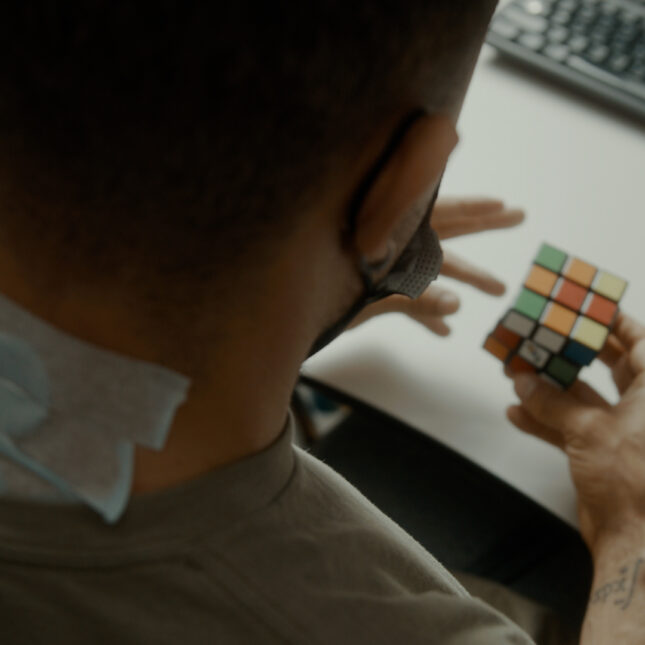
After his spinal cord injury in 2014, Sherown Campbell worked hard to regain as much bodily function as he could. Once a dedicated athlete, Campbell had to learn the new limits of his body. One of them, jarringly, was his body’s inability to sweat.
So when Campbell started sweating on his stationary bike for the first time in seven years, it felt surreal. It was late 2021, and Campbell was nearing the end of a clinical trial testing out a device to help paralyzed patients regain movement.
“I felt really refreshed and excited, because you get to this point where normally I’d have to back off or monitor if I’m overheating,” Campbell, 41, said. “To break through that, it just feels clear.”

This article is exclusive to STAT+ subscribers
Unlock this article — and get additional analysis of the technologies disrupting health care — by subscribing to STAT+.
Already have an account? Log in
Already have an account? Log in
To submit a correction request, please visit our Contact Us page.










STAT encourages you to share your voice. We welcome your commentary, criticism, and expertise on our subscriber-only platform, STAT+ Connect